Hugo Barra talks about the new Android Daydream VR platform: it's a technological challenge
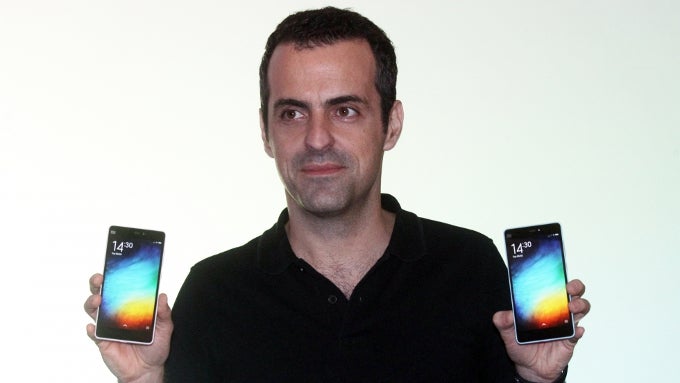
VR reaction times need to be 20 milliseconds or faster, otherwise your brain notices
"This takes a huge amount of engineering work", said Mr. Barra in regards to building a VR headset that doesn't cause headaches or nausea for the user. In order for one to feel comfortable wearing a headset for prolonged periods of time, we would need, naturally, a good display, but also a very fast response time. From moving one's head, to having the sensor pick up that movement, and the screen rendering the change of scenery accordingly, one would need to achieve response times of less than 20 milliseconds. Having a snappy user interface is one thing, creating complex 3D scenes, which respond to real-life movements in all three dimensions is a different deal.As for Xiaomi not meeting its phone shipping targets, Barra said that the company does not measure its success by how many smartphones it has sold. It is much more concerned with how many users it has acquired, and how much time they spend on the Internet, utilizing Xiaomi's proprietary services — services that the company monetizes. So, in that regard, Barra says, the company still feels like it's growing, and it's still battling an uneven supply-demand ratio, despite the fact that its trying to churn out handsets as fast as possible.
Offering Xiaomi smartphones in the USA? "Something that is further out than what I can clearly predict", Barra said. So, not in 2016, it seems. Well, at least the Android TV Mi Box is available in the US.

source: Bloomberg


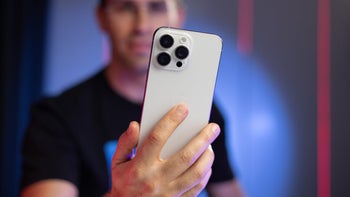


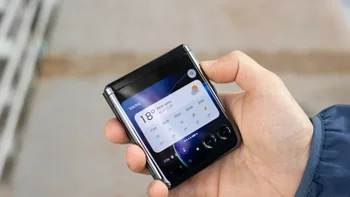





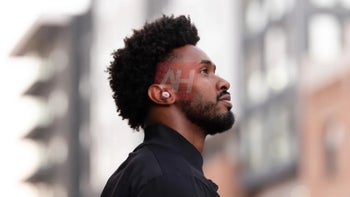
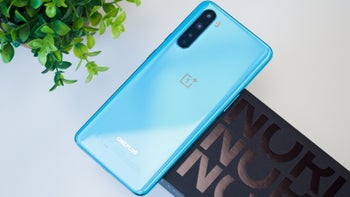

Things that are NOT allowed: